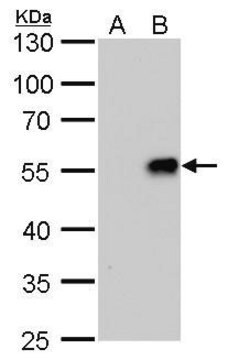MAB8256
Anti-Influenza A Antibody, H1N1 Antigen, clone 9B3.2
ascites fluid, clone 9B3.2, Chemicon®
About This Item
Empfohlene Produkte
Biologische Quelle
mouse
Qualitätsniveau
Antikörperform
ascites fluid
Antikörper-Produkttyp
primary antibodies
Klon
9B3.2, monoclonal
Speziesreaktivität
human
Hersteller/Markenname
Chemicon®
Methode(n)
immunofluorescence: suitable
Isotyp
IgG2a
Versandbedingung
wet ice
Spezifität
• Reacts strongly with all H1N1 strains tested including Beijing, A/ Texas /36/91, A/Berkeley/1/98, A/HongKong/503/97, A/Nanchang /16A/98,A/PR/8/34, New Caledonia strain, and A/California/7/2009.
• No reactivity shown to Influenza B strains.
Immunogen
Anwendung
Infektionskrankheiten
Virale Infektionskrankheiten
Physikalische Form
Lagerung und Haltbarkeit
Rechtliche Hinweise
Haftungsausschluss
Not finding the right product?
Try our Produkt-Auswahlhilfe.
Lagerklassenschlüssel
10 - Combustible liquids
WGK
nwg
Flammpunkt (°F)
Not applicable
Flammpunkt (°C)
Not applicable
Analysenzertifikate (COA)
Suchen Sie nach Analysenzertifikate (COA), indem Sie die Lot-/Chargennummer des Produkts eingeben. Lot- und Chargennummern sind auf dem Produktetikett hinter den Wörtern ‘Lot’ oder ‘Batch’ (Lot oder Charge) zu finden.
Besitzen Sie dieses Produkt bereits?
In der Dokumentenbibliothek finden Sie die Dokumentation zu den Produkten, die Sie kürzlich erworben haben.
Unser Team von Wissenschaftlern verfügt über Erfahrung in allen Forschungsbereichen einschließlich Life Science, Materialwissenschaften, chemischer Synthese, Chromatographie, Analytik und vielen mehr..
Setzen Sie sich mit dem technischen Dienst in Verbindung.




